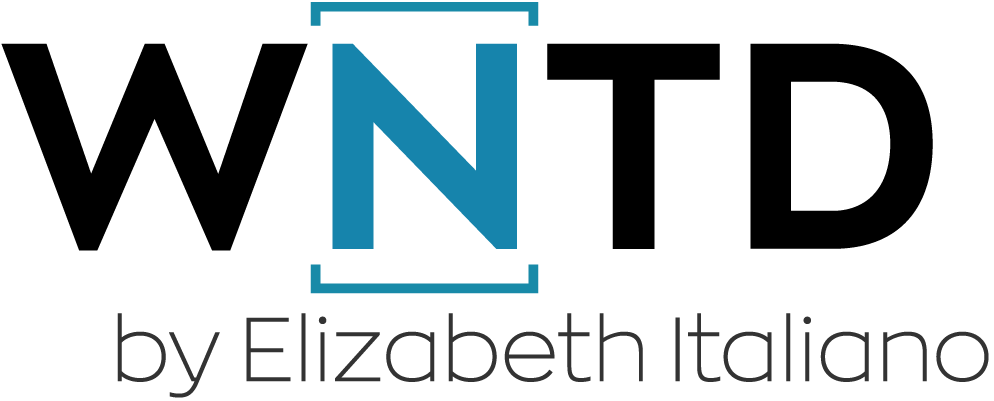A lot of things in life are not black and white, but I want to chat about one thing that at least in my mind is. It’s the matter of whether to include Customer Success Managers in introductions and onboarding when a Professional Services team is involved and responsible for implementation.
I’ve recently been part of a number of discussions that ask whether CSMs should be introduced before or after a Professional Services team completes their implementation. I am also often asked how to manage the Sales to Customer Success handoff when Professional Services is involved as well. I’ve seen that many organizations have introductions, kickoff calls and onboarding programs that are at the exclusion of Customer Success when Professional Services is involved. Oftentimes, the rationale behind it is that Customer Success Managers are not involved in the implementation process, so why bring them in before onboarding is completed?
I’m going to be pretty blunt here and say this is the wrong approach. This is a company-centric mode of operation and not a customer-centric one. I apologize if this sounds harsh but I will tell you why I believe this based on my experience.
So let’s get into the reasons why it’s not the right approach.
It Creates a Fragmented and Confusing Customer Journey
When you have Professional Services and Customer Success involved in the introductory meeting it’s a great opportunity to show customers that they’ve entered into a relationship with a team of professionals. Even more importantly it’s an opportunity to showcase the well thought out customer experience ahead of them. It’s a chance for them to visualize the path of becoming seasoned pros with your product and how they’ll achieve their goals in the short and long-term by working with both Professional Services and Customer Success.
Think about this from the customer’s point of view. You go from working with your Sales Executive and then get transitioned to a Professional Services Consultant. You then work with this Consultant while implementing a new tool into your business. Throughout the course of onboarding, the Consultant becomes very familiar with your business and you become very familiar with them and your working relationship. Once implementation is completed you are then forced into an entirely new relationship with an unfamiliar contact and it feels like you are starting another relationship all over again. It’s an entirely new handoff and the customer feels like they will need to teach yet another person about their business from scratch. It begins to feel a bit like hot potato and creates friction.
Increased Risk of Error
Even in the event that there is a handoff process where the Consultant shares knowledge with the CSM, it creates an increased risk of mistakes being made as important information is missed. The CSM now has to gather details about the sales cycle, onboarding process and months of work.
It Creates More Work For Everyone
Excluding the CSM increases the burden on Consultants during and at the end of onboarding. When CSMs are involved from the beginning a Consultant can tag a CSM in to help with billing issues, support issues, and questions on the cost of upgrading, just to name a few areas. The CSM can also help to challenge customers when they aren’t delivering on what they are accountable for during onboarding. All of a sudden as a Consultant you have a teammate to help. I’d even go as far to say that the CSM can (and often should) quarterback the onboarding process. This allows the Consultant to focus on what they do best, which is training and setting the customer up to use the product, and the CSM can manage all other facets of the customer relationship.
It also increases the level of work required by the CSM when onboarding is completed. They now have to play catch up on a customer account and gain as much knowledge in as little time as possible. They have to learn about the customer, what their current setup is, what milestones they’ve achieved, etc. from scratch. In addition to all that catch up, it’s also often the case that they have to work harder at convincing customers to use them as their main point of contact from that point forward as customers created a rapport with their Consultant and not the CSM.
From the customers perspective, it creates more work for them as there will be yet another person to teach about their business and their needs. It takes time to build trust, rapport, and a good working relationship. This will require more work and time from the customer, thus creating unnecessary friction.
If you are thinking to yourself at this point ‘Well that’s great in theory Elizabeth but to have a CSM on every implementation call with a Consultant is not scalable.’, you’d be right. So how do we strike a balance?
The first step is to look at your customer engagement framework, handoff process, and onboarding process and find places where it’s appropriate and beneficial for a CSM to join the call. Here are some quick tips:
- Always have both the CSM and Professional Services team member on the kickoff call.
- Explain what the purpose of each role is and what they can expect in the short and long-term.
- Identify periodic calls for the CSM to join throughout onboarding. Depending on the length and other factors, have the CSM join a call every 2 to 4 weeks. For example, have them join Q&A or recap sessions.
- Get the CSM to help on issues and questions that fall outside of the scope of implementation work. This saves the Consultant time, allows the CSM to create a relationship, builds confidence with the customer, and prevents bottlenecks that lead to a poor customer experience.
If you have a Professional Services and Customer Success team I encourage you to include CS right from the start if you are not already doing so. Carefully think of your process from the customer’s point of view and create a process that is both customer-centric and scalable for your business. That way, everyone wins.
If you have questions specific to your organization, get in touch. I’m happy to help.




